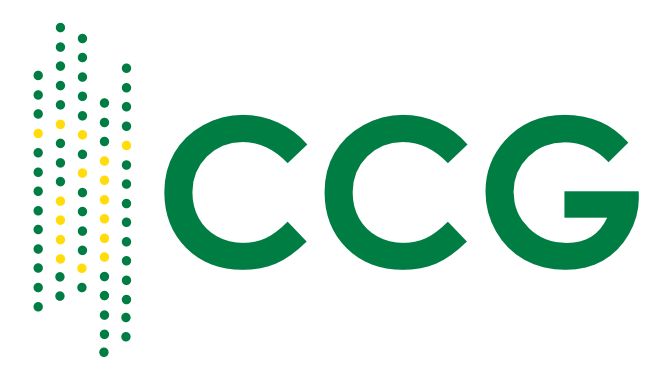[vc_row]
Select software that are commonly requested by the public are made pubicly available here. Access to all papers, software, data files and other resources are available to CCG members only; no exceptions. The tiered membership of CCG provide access to any size organization. Please inquire regarding membership.
Terms of Use
This statement covers all distributed software on this website. Please read this statement carefully before proceeding to access any of the software. Software are licensed by authors without warranty under a Creative Commons Attribution-NonCommercial-NoDerivatives 4.0 International License.
PPMT and PPMT_B
The projection pursuit multivariate transformation (PPMT) is a forward and back-transformation methodology that is available for performing independent Gaussian geostatistical simulation. The original methodology may be found in:
- Barnett, R. M., Manchuk, J. G. , C. V. Deutsch (2014) Projection pursuit multivariate transformation, Mathematical Geosciences, 46: 337-359
Note, however, that the latest forward transform program, ppmt, and back-transform program, ppmb_b, (both found on this page) apply algorithms that are modified from the original methodologies presented in Barnett et al. (2014). Particularly for the PPMT back-transformation, where rather than using Gaussian Mapping (Barnett et al. 2014), the forward transformation steps are simply reversed. There are many practical considerations that should be understood prior to applying the PPMT for geostatistical modeling. In particular, users should note the following:
- Let the data be denoted as the matrix Zi,j:zi,j, i=1,…,n j=1,…,K where n is the number of observations and K is the number of variables. The PPMT is generally very effective for transforming Z to an uncorrelated and multivariate Gaussian distribution, Y, regardless of the original multivariate form. It should be noted, however, that the PPMT geostatistical modeling workflow generally performs better with increasing n and decreasing K. These properties increase the information that is available for conditioning high dimensional multivariate space. Additional multivariate conditioning increases the likelihood that the PPMT back-transformation will return simulated multivariate Gaussian variables back to original units in a manner that respects the original multivariate density.
- After applying the PPMT transform, select variables of the matrix Y may have their spatial continuity reduced relative to the equivalent variables of Z. This is necessary so to make them orthogonal with respect to other spatially continuous variables. While not an issue in and of itself, this may pose a problem for geostatistical simulation in the presence of remnant cross-correlation. In short, it could lead to spatial destructuring of the variables following simulation and back-transformation. For this reason, it is generally considered a safer approach to fit variogram models (that are then input to simulation) to the normal score variables. Note that this approach should only be used if not applying subsequent transformations (including the MAF option found in the ppmt program). To facilitate this, the ppmt program outputs normal score transformed data and PPMT transformed data. The normal score data could be used for variogram modeling, while the PPMT data must be used for simulation conditioning.
- Gaussian simulation algorithms do not always yield standard Gaussian realizations. For example, if the variogram range is large relative to the domain size, then simulated realization often have a variance less than 1. Realizations that are not standard Gaussian are not likely to reproduce the histograms of Z following the PPMT back-transformation. The ppmt_b program provides an option to transform the realizations to be standard Gaussian, prior to the PPMT back-transform. Note, however, that this removes global distribution uncertainty.
Version 3.201: ppmt for the PPMT forward-transformation and ppmt_b for the PPMT back-transformation (link)
